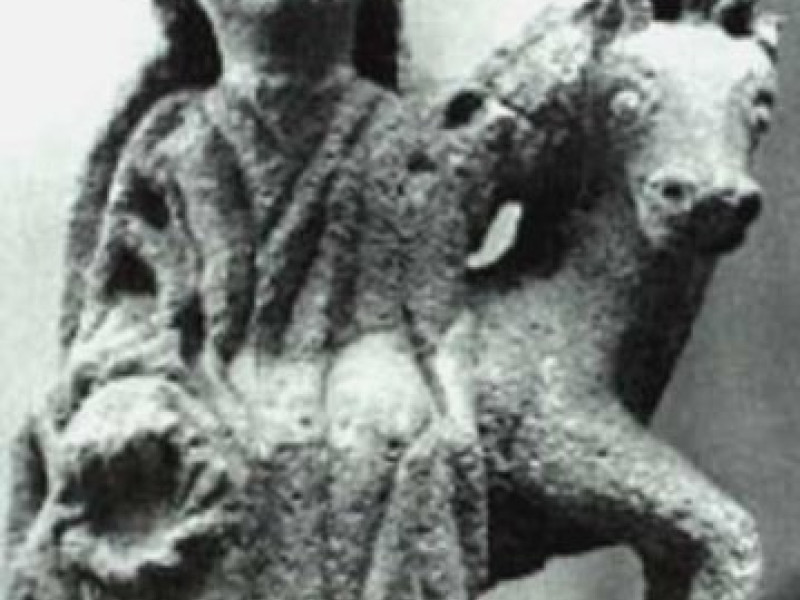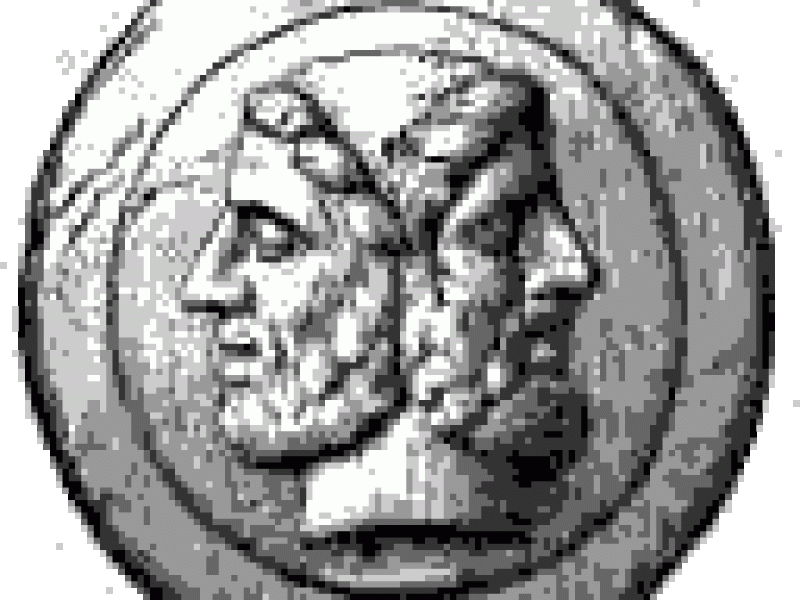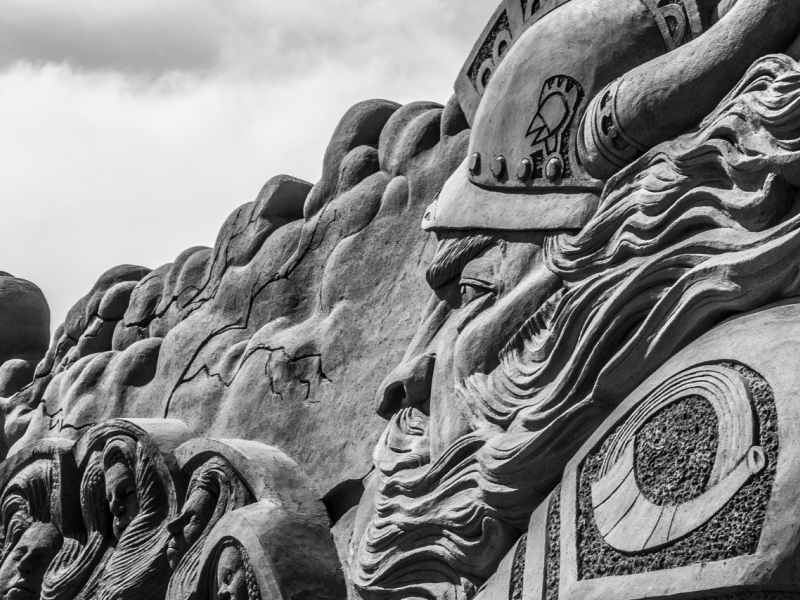Teutonic Deities
During the time of Roman expansion in Europe, the Romans encountered many Germanic tribes on the other side of the Rhine and Danube rivers.
The German people were a constant threat to the Empire since the first appearance of the Cimbri and Teutones at the end of the second century BC. Julius Caesar encountered them in his campaign in Gaul, in the mid first century BC. In his memoir, called Gallic Wars, Caesar was able to distinguish the Germans from the Celts.
The origin of the Germanic people was obscure, but it is believed that they originally came from Scandinavia before migrating to northern Germany and the Baltic. More Germanic tribes began migrating southwards, placing continuous stress on the Roman defence frontiers.
A Roman historian named Tacitus, (fl. AD 100), who wrote Germania, provided some details of German society, culture, and religion. Other writers also wrote about them, including Strabo, Jordanes, and Procopius.
The continuous invasions and migrations on the Roman frontiers caused instability, and finally the collapse of the Roman Empire in the west.
Most of the Germanic religions and myths vanished because of the early conversion of the Germans to Christianity.
To read more about the history of the Germanic peoples, see About Norse Myths.

For Baldr, see Aesir, Balder.
Facts and Figures
Related Pages
By Jimmy Joe






